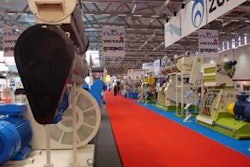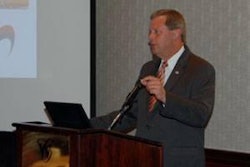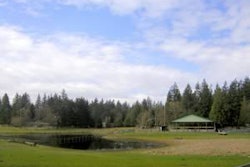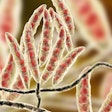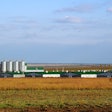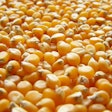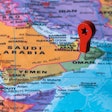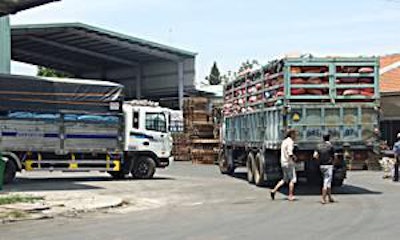
Despite the Vietnamese economy having to cope with inflation, the country’s livestock sector is booming. One of the oldest feed companies in the country, Proconco, recently celebrated its 20th birthday, and is recognised throughout the industry by its Stork logo. The company was set up in 1991 as a joint venture between the French and Vietnamese governments but, since 2008, Proconco has changed from a joint venture to a joint-stock company whereby the Vietnamese hold 60% and foreign investors 40% of the shares.
A growing company
The company originally aimed to produce 20,000 tons of feed annually, but today has an output of 1.2 million tons per annum, with a payroll of 1,400 employees, and with university graduates making up 20% of employee numbers, it ranks number 35 in the top-50 feed mills worldwide.
Ta Van Hung is Proconco’s vice general director and is proud of his company’s recent achievements. In 2010, at the trade event Victam in Bangkok, Proconco was acclaimed Asian Feed magazine’s “Feed Miller of the Year” and this was followed by an equally prestigious award presented by the organisers of the Vietstock Livestock show in November 2010.
The company has four mills, the biggest being near Ho Chi Minh City. There is also a mill in Hanoi, a third in Haiphong, and the fourth is located in the Mekong Delta.
Hung explains: “We also have seven warehouses and plan to open another two to four new feed mills in the next five years. We produce over 100 different formulations for swine, dairy cattle, broilers, layers, ducks and quail, along with shrimp, tilapia and catfish feeds.
The milling equipment is American and European, and feed is sold in varying bag sizes, ranging from 2kg and 5kg for backyard producers and 25kg to 40kg for commercial enterprises. Pellets, mash and meal are produced, and Proconco also offers a range of quality concentrates and finished feeds.
As far as ingredients are concerned, 80% have to be imported. Corn and soyabean meal are imported from the US and India, and local fishmeal is used along with some from Peru. Cassava is an interesting raw material, whereby the best quality goes into feed with the poorer grades going into biofuel production. Increasingly, the animal feed industry is having to compete with the bioenergy industry for raw materials. Plenty of DDGS is available, as a major by product of bioethanol production, but Hung pointed out the quality of DDGS can be variable, and the key factor is to stick with reputable suppliers who can consistently supply top-quality DDGS.
Producing safe feed
Proconco was one of the first feed manufacturers to recognise the problems associated with mycotoxins and ensures that mycotoxins in feeds are at safe levels.
“Today everyone knows that [mycotoxins] are a big problem having serious effects on animal performance,” says Hung.
“Proconco feels that it has a responsibility to the consumer as well as to the farmer. Meat, milk, eggs and fish need to be healthy and wholesome, and we have to take a lead in these matters.”
Hung explained how, throughout the world, zinc oxide in high concentrations is being used in pig diets to stop post-weaning scours. However, most of the zinc ends up in the manure and, eventually, in the soil, where it is taken up by crops. Proconco is looking to other, more natural ways of controlling gut disorders.
“Antibiotics are allowed in diets, and this practice is resulting in antibiotic resistance occurring in humans. With only a limited number of antibiotics, ultimately, humans might end up with diseases that are totally resistant to all antibiotics, resulting in fatalities,” says Hung.
The company is trialing probiotics and other ‘green’ growth promoters.
“We are looking to develop our products to suit today’s consumer needs. Meat, eggs, fish and milk have not only to be nutritious, but have to be green, safe and environmentally friendly.”

